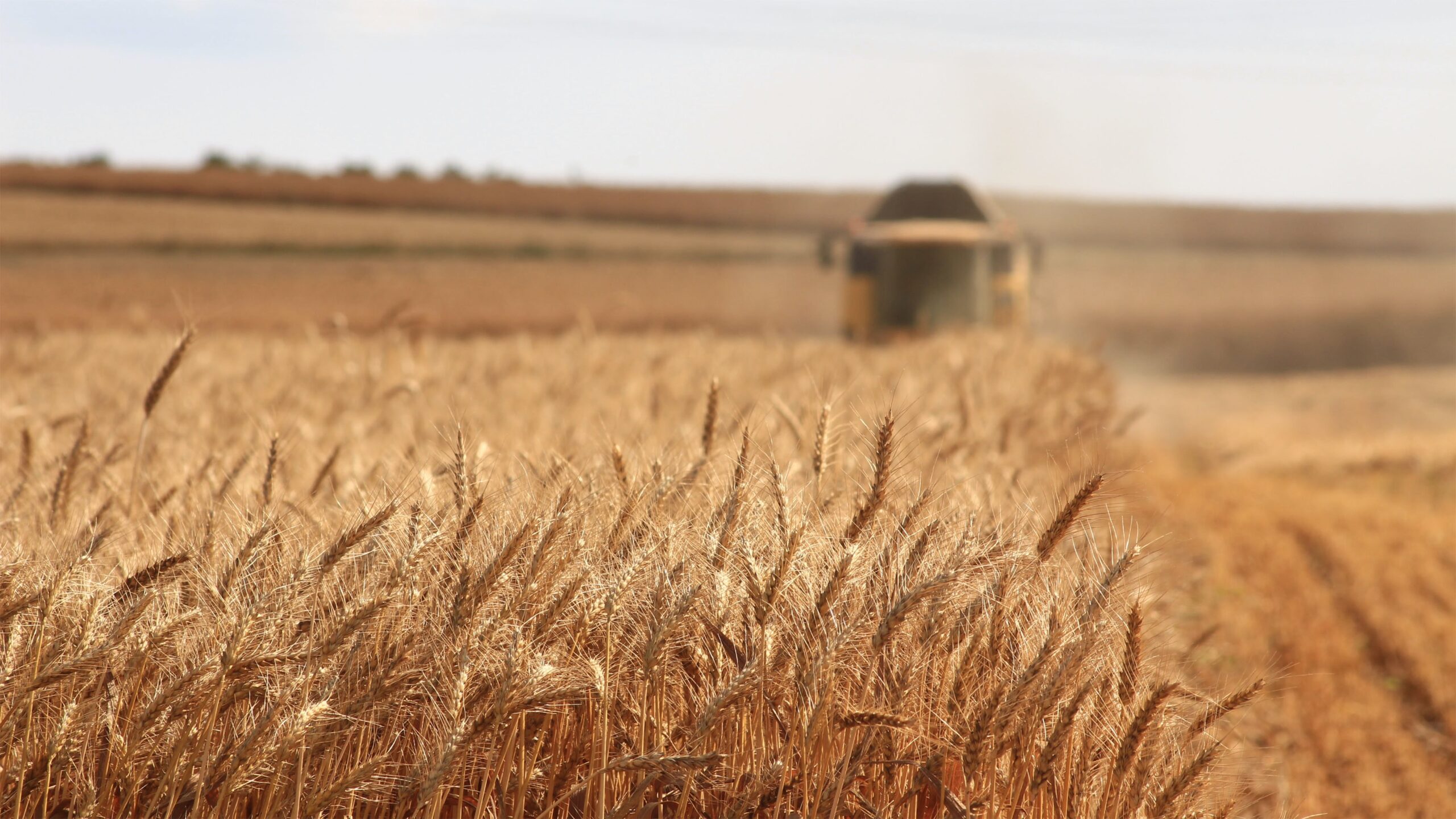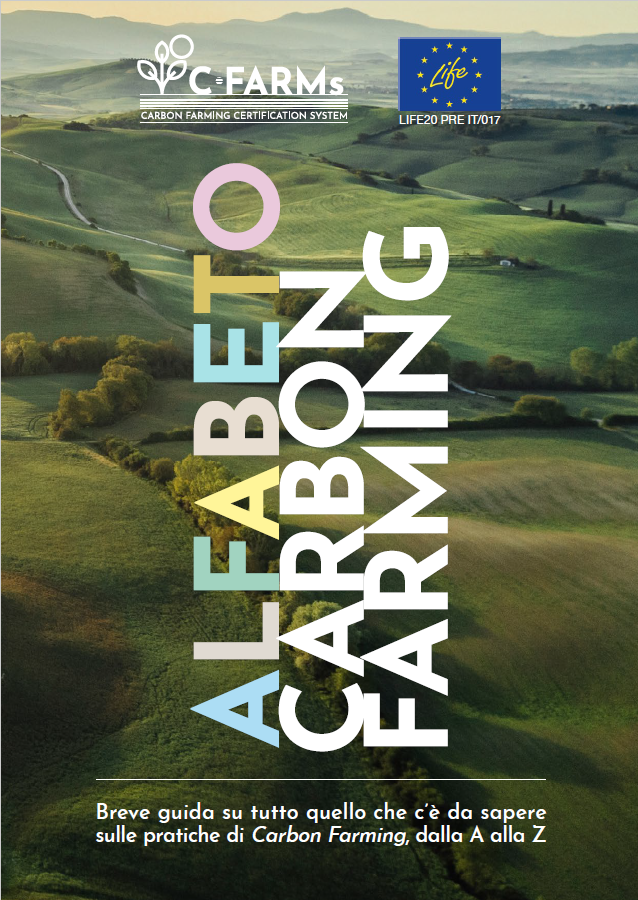Carbon farming and data: interview with CREA
The partner CREA-PB, as part of the LIFE C-Farms project, with the collaboration of Confagricoltura, FederlegnoArredo, Università della Tuscia, Terrasystem srl e CMCC Foundation, is working to understand which data can be used to analyze the various Carbon Farming practices related to agronomic production, cattle breeding, tree plantations and wood processing in Lombardy.
Who are you and what role do you play within your organization?
We are Sonia Marongiu and Luca Cesaro, researcher and research manager at CREA – council for research in agriculture and the analysis of agricultural economics. Both involved in the FADN (Farm Accountancy Data Network) as head of the survey in Trentino Alto Adige Region and as national coordination. Both with a background in forestry, with specialization in economics and agricultural policy.
What activities do you carry out in your daily work?
We both work in the Politics and Bioeconomy Unit of CREA (CREA-PB) for which the work is mainly oriented towards the economic analysis of agricultural and forestry policies at national and territorial level (processing and data analysis, evaluation of policy impacts both national and European, etc…) We are both involved in the FADN, part of work is also dedicated to organizing the collection and production of data (from collection to validation and publication).
How does the qualitative and quantitative identification of the companies in the Lombardy Region that you are carrying out within the C-Farms project proceed?
The identification of the companies under investigation was made mainly on the basis of data from the Lombardy FADN, a sample survey that classifies companies based on their production order and their economic size. On the basis of the number and the area, the most relevant companies (crops and livestock) were identified and then subjected to further skimming in consideration of the carbon farming techniques to be considered. In fact, since the FADN is a survey oriented to the analysis of economic data, it was necessary to cross paths with other sources to identify those useful for the purpose of the project. The fact that companies are part of the FADN is particularly useful for economic assessments related to the implementation of the various techniques
Are the currently available data sufficient for the construction of the high resolution geographic information system?
The Lombardy Regional Administration has two open-access vector geodatabases with high spatial resolution (Land Use and Coverage and Pedological Map) that can be integrated with other databases available for larger territories (map of poplar plantations groves in Northern Italy, map of carbon content organic soil), which will be used as input data for the construction of a geographic information system to support scenario analyzes on the potential for accumulation related to carbon farming activities at a regional scale. For further information and simulations of the impact of carbon farming practices on a company scale, we are verifying with the Region the possibility of acquiring, at least for a sample, the geodatabase of agricultural plots.
In your opinion, can this activity be easily implemented for other Italian regions?
Yes: since the FADN is a national survey, the identification of farms representative of regional agriculture can be easily replicated
What are the next steps in your action?
Actually we have identified the sample companies to be subjected to a field survey to analyze in more detail the carbon farming techniques and their potential in carbon sequestration. A questionnaire will be sent to these companies which will allow them to obtain more information on these aspects.



